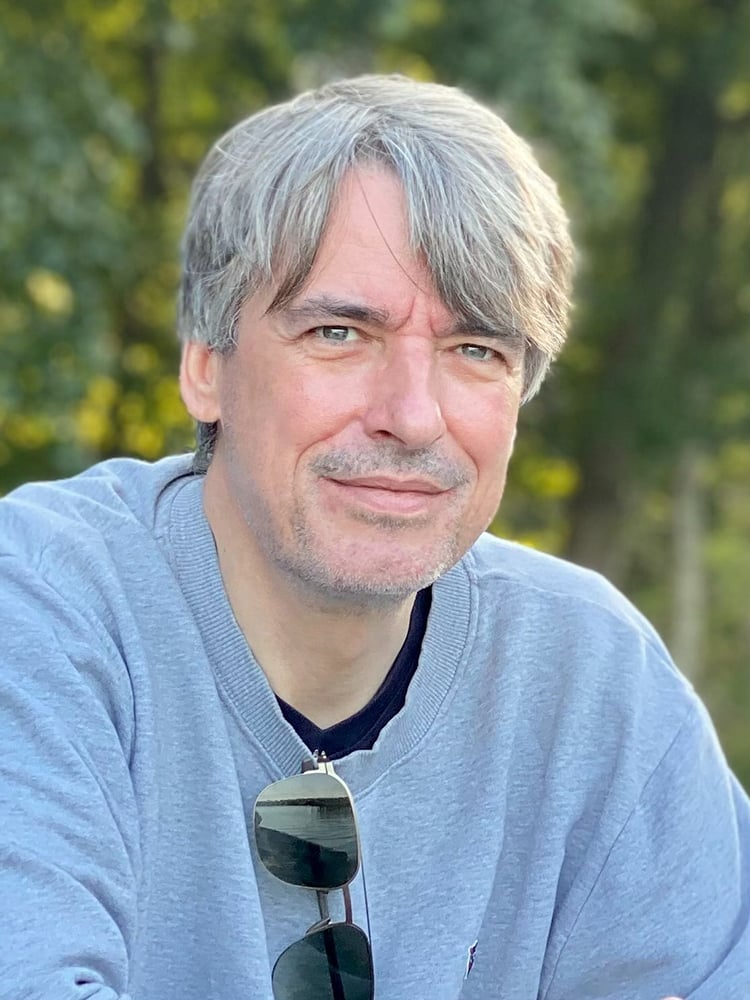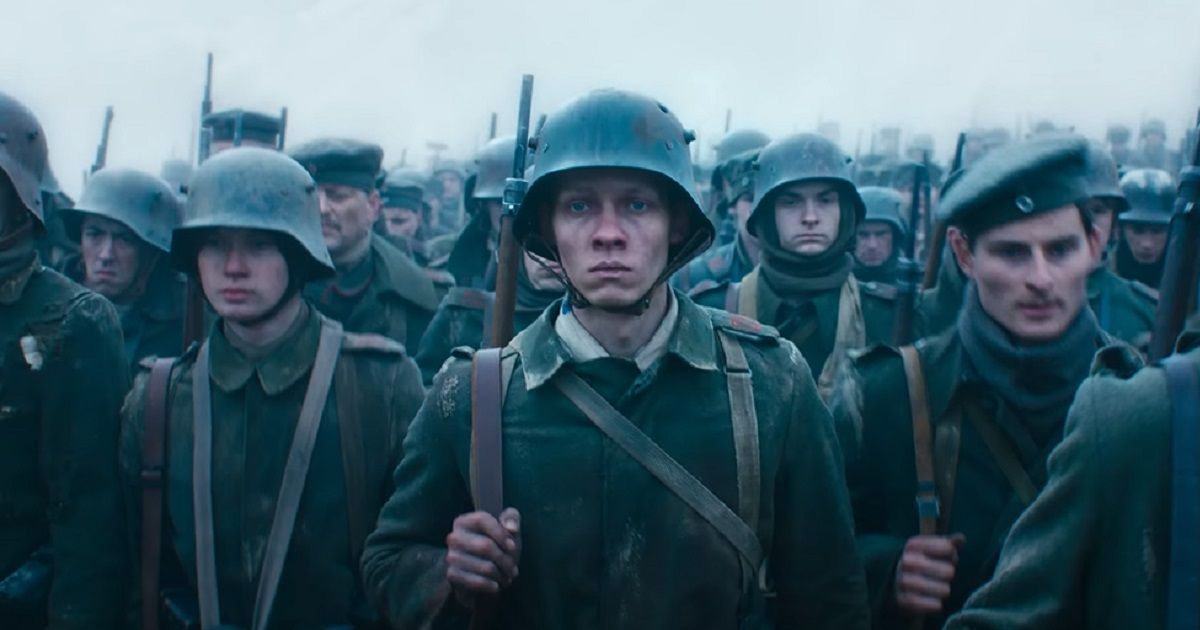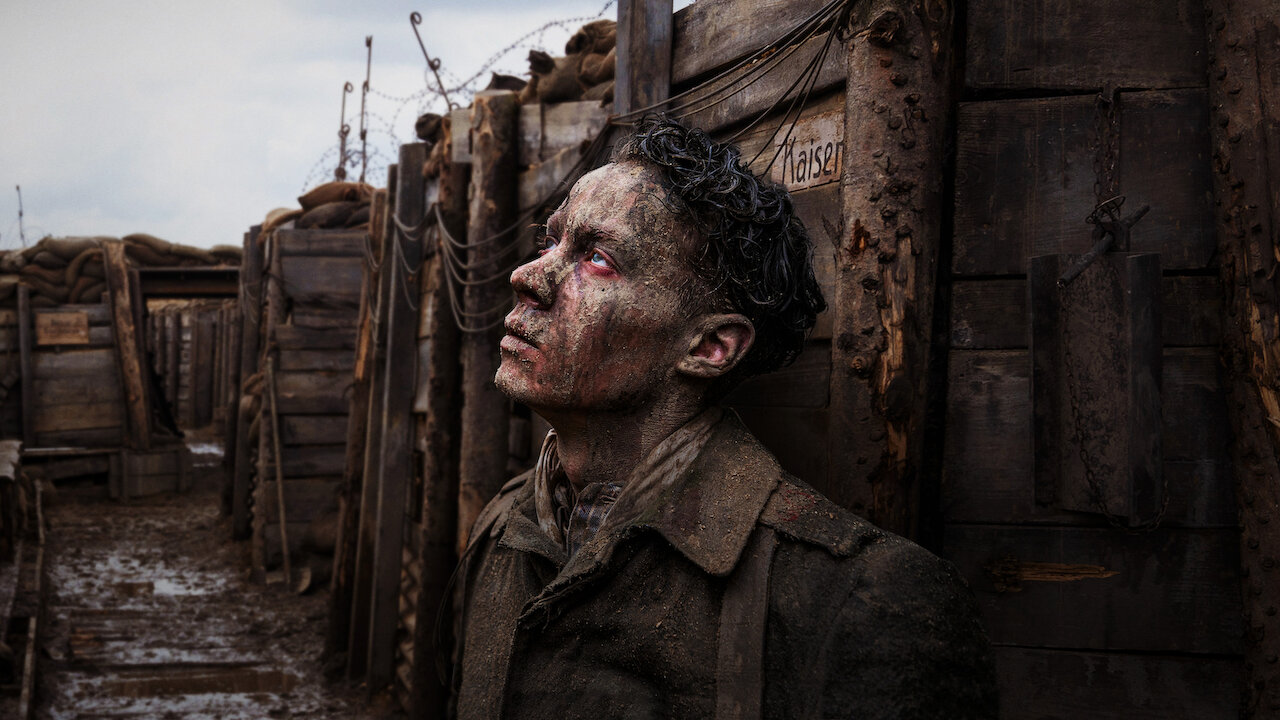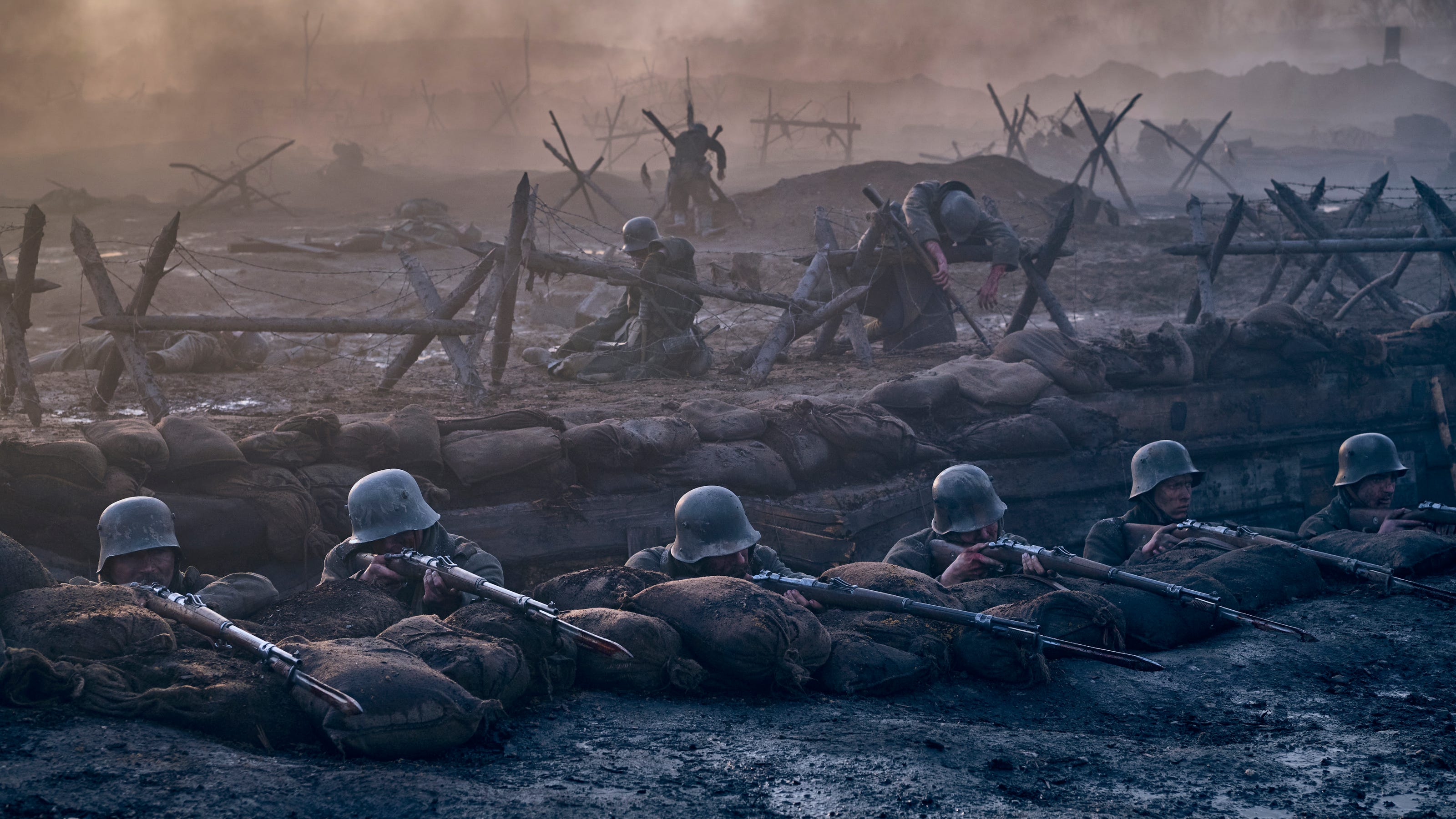At the heart of every film beats a sonic pulse which reverberates beneath every shot, action, and scene. This is true for your smallest of indies and your biggest of features, and it’s certainly true at the heart of a film as big and dynamic as the recent German anti-war epic All Quiet on the Western Front.
Based on the 1929 novel by the same name, director Edward Berger’s adaption tells the stories of young, idealistic German soldiers during the closing days of World War I. The film premiered at TIFF and was released on Netflix and has garnered several Academy Award nominations (including Best Picture).
But still, beneath its biggest thundering set pieces, and its smallest quiet moments of forlorn and despair, a tonal sonic landscape is developed and maintained throughout which gives the film its best moments.
We sat down to chat with sound supervisor and sound designer Frank Kruse (best known for his work on Rush, A Hologram for the King, Cloud Atlas, and The Matrix Resurrections) to learn more about how he was able to develop these sonic contrasts and find the right mix for the dynamic range between the quiet and the loud.

Soundstripe: As its name suggests, All Quiet on the Western Front really explores the duality between the loudest parts of battle and the quietest moments in between. How does a sound designer find and explore this juxtaposition between the two?
Frank Krus: There certainly is a lot of sonic contrast in the mix and the way the film is edited really allowed us to explore this extreme dynamic range that we ended up with. The idea was to establish different sonic worlds for life at the frontline on the one hand and the people in high command on the other hand. The latter ones either deliberately ignore or do not have an idea what fighting on the battlefield really means. Therefore their environments sound very safe and are mostly free of distant battle sounds.
Instead we pronounce rather soft sounds of “joy” like biting into a fresh croissant, slurping coffee etc. Cutting back to the battlefield we then face the “sonic” truth of war, relentless machine guns, screams of terrified and wounded soldiers, the shelling of tanks. The contrast is not only created by different dynamic levels but also by the choice of which sounds would stand out at each moment. There is even a third world which is the untouched nature when there isn’t any human being around. This is when it gets the most quiet. In a way it’s telling us how peaceful the world actually could sound.
Soundstripe: What editing apps and tools did you use for All Quiet on the Western Front? And are there any you particularly enjoyed or recommend?

Frank Krus: As far as applications go for film sound a standard tool for editing and mixing is Avid ProTools. But there are a large number of helper apps for certain tasks like Soundminer for sound library organization and sound creation, Matchbox to help with chasing new picture cuts or EdiCue for cueing and organising ADR takes. Other than that we have a bunch of portable field recorders and a closet of microphones from surround setups to underwater and contact mics.
Every film is different so there’s not one favourite tool for all of them. On AQOTWF we used a lot of intended distortion on explosions and gunshots to give them a gritty and real feel. Also our dummy torso that we call “Ballistic Joe” is a favourite. It’s a homemade crash test dummy that the foley team built some time ago made of ballistic gel (normally used for forensic testing of bullets) which has the same density as human flesh and is often thrown off the roof or on the foley stage to record body impacts on different surfaces.
And then there are a myriad of plugins that allow for all kinds of sound manipulation.
Soundstripe: Can you tell us a bit about your approach to creating (and repurposing) different sounds from the WWI era for a modern audience and presentation.
Frank Krus: There is hardly any sonic reference of WW1 at least in the form of actual recordings. We came across different letters from soldiers that they had written to their families back home in which they sometimes described how certain ammunition would sound and the terror of endless bombardments. It became clear pretty fast that the key would not be “forensic” sonic accuracy rather than creating sounds that would have an emotional impact.
The general approach for the sound design was to focus on the emotional reality of the soldier Paul. The way he would hear and experience war would often be driven by terror and fear. Therefore we prioritised his subjective angle over perfect historical accuracy and designed the sound accordingly. We added a lot of heavy metal elements to the tanks for example to make them appear more threatening. We also experimented a lot in terms of what sounds would be heard when and in which way, all depending on the state of Paul in every moment.
Quite often the camera stays very close on him but running across a battlefield means there is a 360 degrees soundscape of war around him so a lot of the battle activity is happening off screen only through sound. That allowed us to create a complex and immersive sound field that would emphasise Paul’s perspective. Edward Berger is a big fan of directing and shooting wild tracks on set so Viktor the production sound mixer returned with a very big library of raw recordings of vehicles, crowd, the tanks which became an excellent basis to build the design on.
Soundstripe: Could you also tell us a little bit about how you crafted these sonic relationships between characters and sounds (for example the connecting of machine guns with a sewing machine)?

Frank Krus: Edward Berger had the idea to establish a sonic representation for the nature of the first industrialised war. The idea was to create a sonic “undercurrent” of the “war machine” over the uniform montage. The sound of low frequency machinery pounding under the sewing workshop that we timed and tuned to coexist with the music cue representing the never ending stream of arms, killing machines and ammunition. So the transition is from realistic sewing to the close up of the needle which then turns into an endless machine gun fire and then info the rattling of the chain drive of the truck in the next shot.
To emphasise the connection between Albert and Paul as he sees Albert being killed we decided to blur out the background action and create a strange bubble of calm and quiet keep their breaths and close proximity sounds and details very dry and simplistic hoping this would draw the audience into the moment instead of overpowering it all even more. Same is true for the crater scene and other moments of calm within the horror. We tried to make these moments as subjective as possible from Paul’s sonic POV.
Soundstripe: What advice would you give any aspiring sound designers or film editors looking to make the best use of audio in their next projects?

Frank Krus: Start thinking about sound from the script stage. Think about what aspects of the story can be told or supported with sound? When you think along these lines, maybe you find aspects of the story that don’t need to be shown in picture, but told with sound. Also try to avoid doing the same thing as the music for example and vice versa. Some aspects are better told through music others might be emotionally stronger with sound. Everyone doing the same thing at the same time is usually the least interesting and leaves no room for the audience to explore a scene or engage with the story.
For more video editing interviews and insights, be sure to stay tuned to the Soundstripe blog — and also check us out on YouTube!

